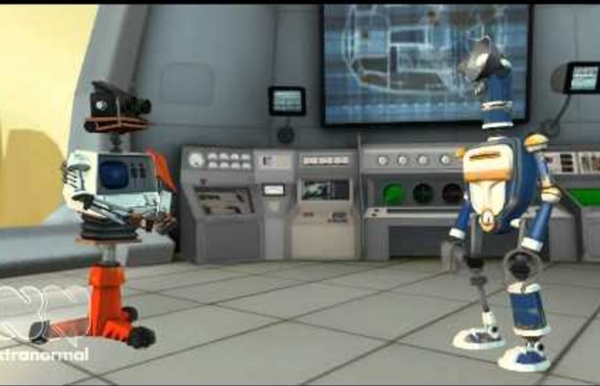



Avoiding Plagiarism and Paraphrasing Problems – Wiki Education Foundation One of the most important lessons in education is that the work you submit must be your own. Wikipedia is no different, but some students seem to stumble into plagiarism when they embark on their course assignments. Finding good resources is a crucial step in most Wikipedia assignments. These resources serve as the backbone for an article or as the source that verifies their facts. While these resources are critical, many students may fail to recognize the distinction between “putting it into their own words,” which is encouraged, and “close paraphrasing,” which is not. For students used to citing sources as a means to contributing their own ideas, this may be well outside of their comfort zone, which can lead to fundamental misunderstandings of what plagiarism on Wikipedia means. Key points: You won’t see large blocks of quotations on Wikipedia very often. Another common problem is close paraphrasing. For example: Additional Resources:
Still Have Questions? Make Sure You Didn't Plagiarise! Plagiarism Checker Introduction to Plagiarism Checker Search Engine Report Plagiarism Checker is the best free anti-plagiarism checker that is available online today. Made with proper research on what the customers are looking for in a free plagiarism detection system, we have implemented all the strategies and tools required to make this the best anti-plagiarism checker for everyone. We understand that students use plagiarism checkers to check for plagiarism in their papers, essays, and reports before submission. Hence, the Search Engine Report Plagiarism Checker has specifically designed a system to help the students go through their reports. Search Engine Report Plagiarism, also given the name of “best plagiarism checker for students†and “the best free college plagiarism checker†by many, has earned its title over the years after consistently serving so many users across the globe. Use our tool now and you will know that it is rightfully the best free anti-plagiarism checker ever!
Plagiarism for Dummies: Why Cheating Students Are Missing the Point of Education To hear college professors tell it, the current wave of student cheating and plagiarism is brand new to higher education. Alas, student plagiarism, especially of the "Can I use your paper for my assignment?" variety, has probably been around since there has been organized schooling, let alone colleges or universities. Picasso may have been a jerk in his personal life, but he was a smart guy when it came to being a student of his art. College students who cheat or plagiarize don't get this. Cheating and plagiarizing don't help you learn these skills. It's become popular to blame students solely for this situation in higher education, but other reasons and actors come into play. Varied grading criteria wouldn't be such a problem if college departments, particularly in the hard sciences, didn't use grades to weed out students they don't want. Colleges also don't help themselves (or students) when they let students off the hook for cheating or plagiarism.
OSLIS :: MLA Citation Maker :: Elementary MLA Elementary Citation Maker (based on the 7th edition) You have 0 citations Source Type Online Database Encyclopedia or Reference Work Article Magazine Article Newspaper Article eBook (Author) eBook (Editor) Print Book Author 1 Author No Author 2 Authors 3 or More Authors Editor 1 Editor 2 Editors 3 or More Editors Print Encyclopedia, Magazine and Newspaper Encyclopedia or Reference Work Article Magazine Article Newspaper Article Internet Website Page Encyclopedia or Reference Work Article Magazine Article Newspaper Article eBook (Author) eBook (Editor) Image Audio Recording Video Recording E-mailOther Personal Interview Audio Recording Video Recording Citation Resources Citation Maker Instructions
Anti-Plagiarism Strategies Robert Harris Version Date: May 18, 2015 Earlier versions: December 30, 2013; February 28, 2012; December 18, 2010; June 14, 2009; November 17, 2004 The availability of textual material in electronic format has made plagiarism easier than ever. Copying and pasting of paragraphs or even entire essays now can be performed with just a few mouse clicks. The strategies discussed here can be used to combat what some believe is an increasing amount of plagiarism on research papers and other student writing. By employing these strategies, you can help encourage students to value the assignment and to do their own work. Strategies of Awareness 1. Students are faced with too many choices, so they put off low priorities. 3. In addition to a definition, though, you should discuss with your students the difference between appropriate, referenced use of ideas or quotations and inappropriate use. Discussing with students why plagiarism is wrong may be helpful also. 4. 5. Strategies of Prevention 1. 2.
Free Bibliography Generator - MLA, APA, Chicago citation styles Fighting Plagiarism This article will focus on the importance of structuring research projects so they require original thought. The student will not just find an answer. The student will build an answer. It is a bit like cooking a spaghetti sauce from scratch. To help students understand the concept of creating an idea, it helps to employ several metaphors. If students start to think of ideas like buildings, they will view research differently. Picturing an Idea Formulating an Idea - Clarifying Assignments The teacher reduces the chances of plagiarism by creating research tasks that require the formulation of an idea. Here are several ways to require original thinking as the product of student research: Make a choice — When students have to take a stand, they will be operating at the top of Bloom's Taxonomy — the skill of Evaluation. Formulating an Idea - Observing the Process One of the best strategies to reduce plagiarism involves vigilance. They may change colors while note-taking to signify and separate.